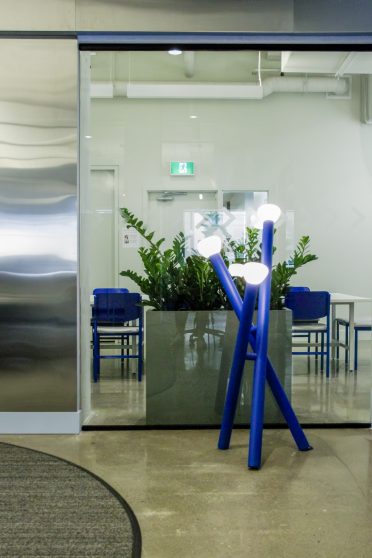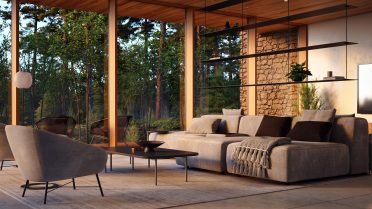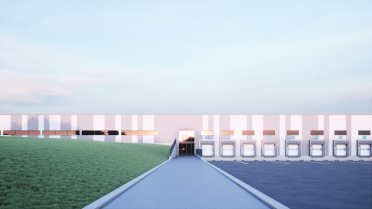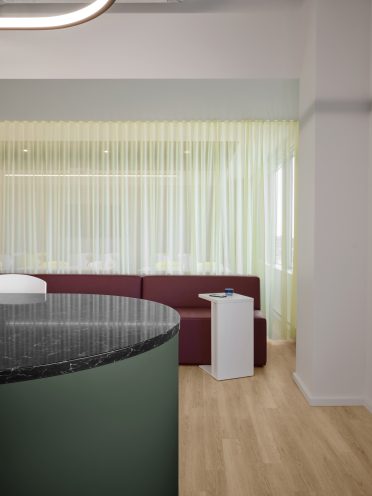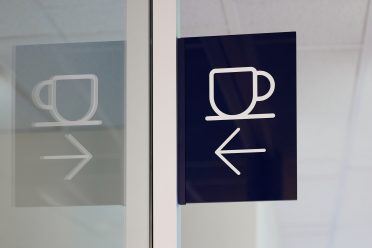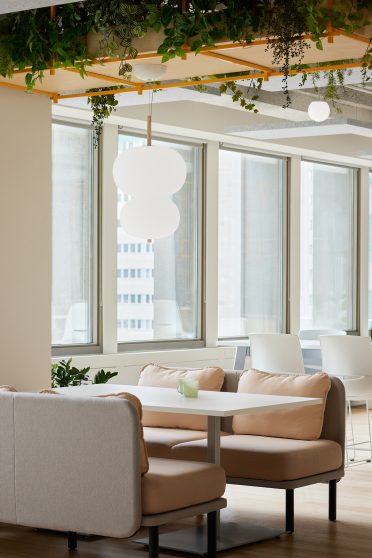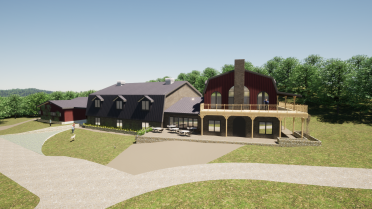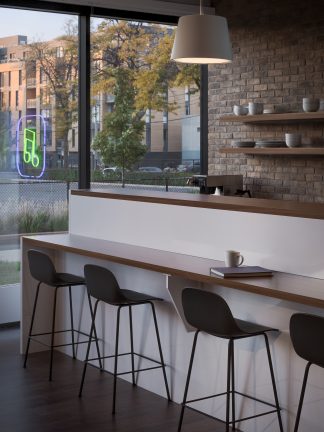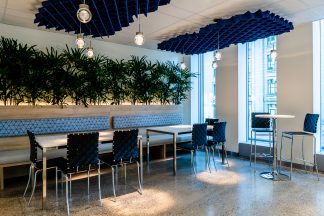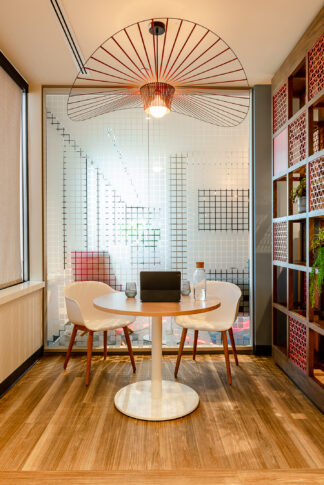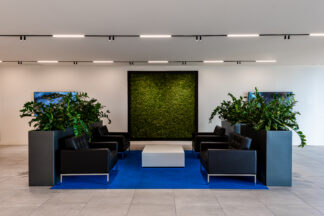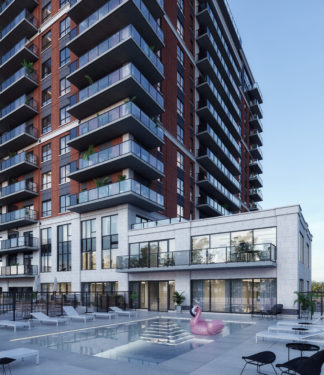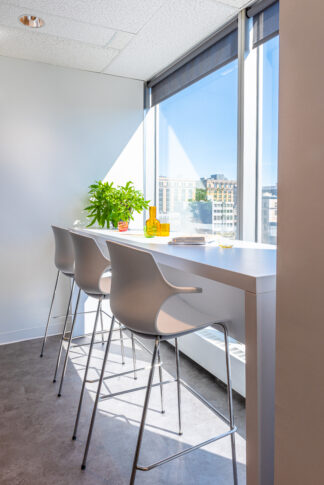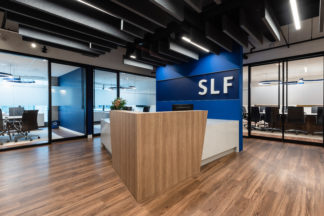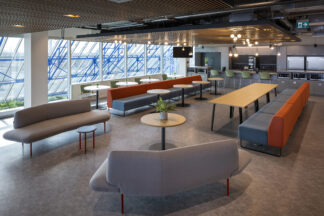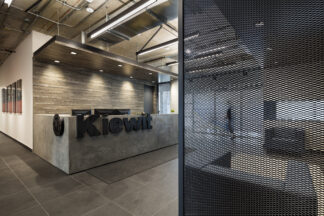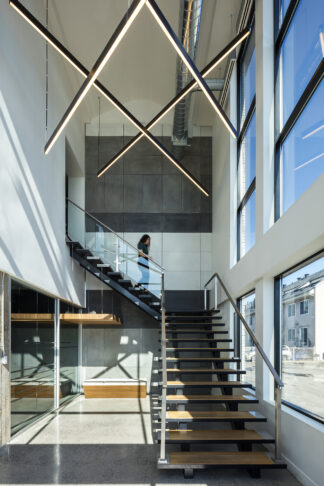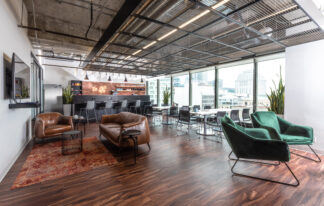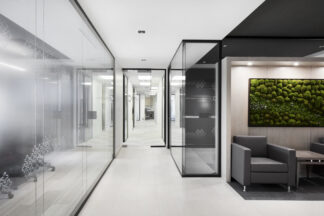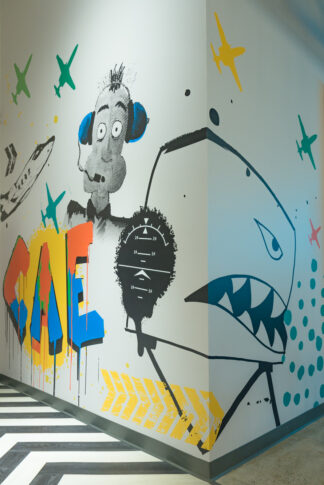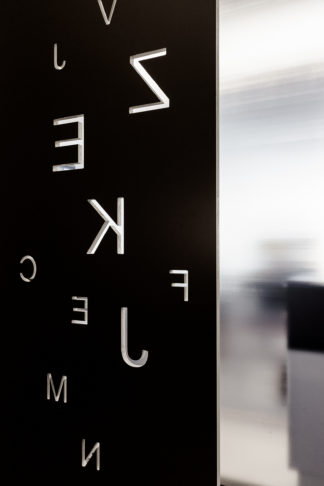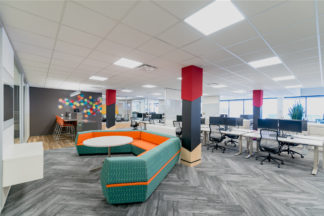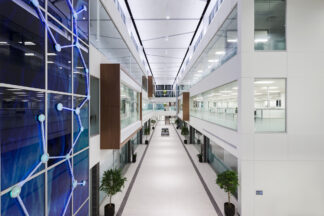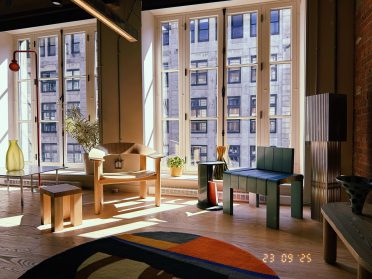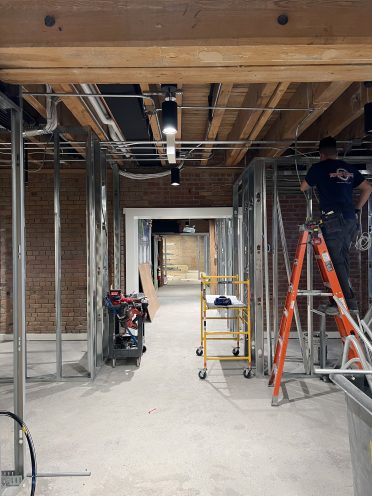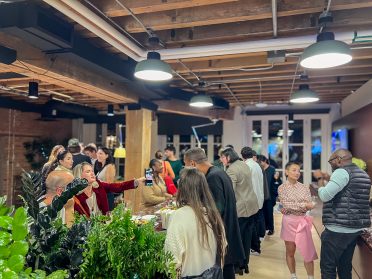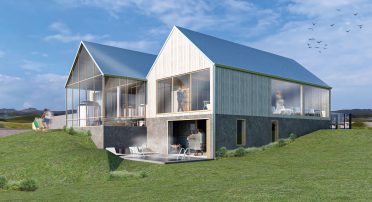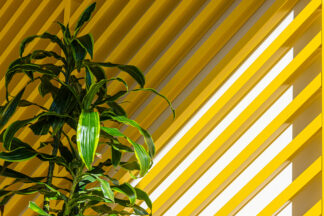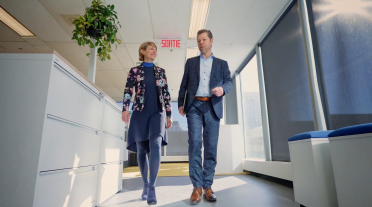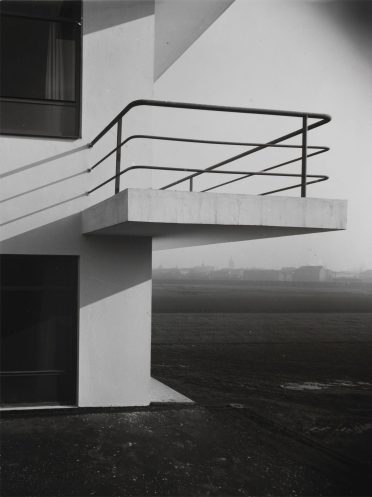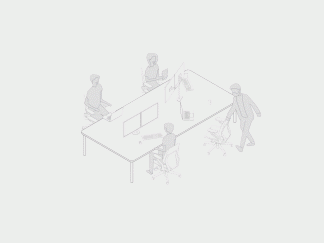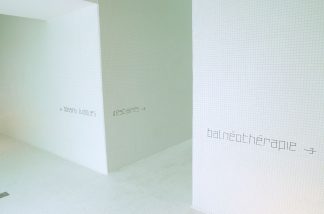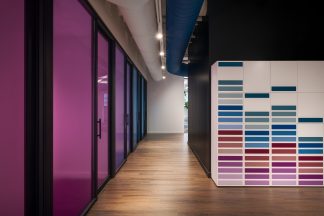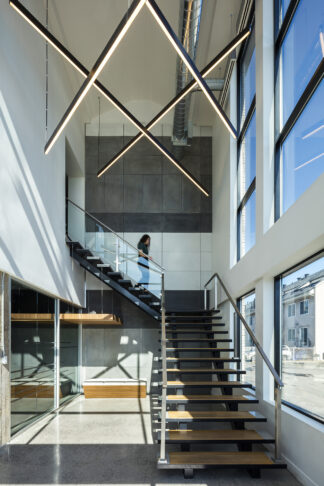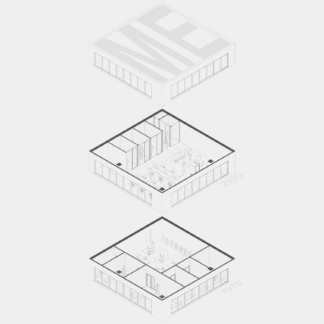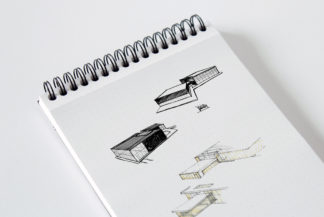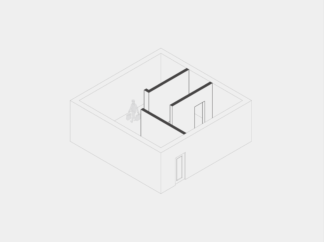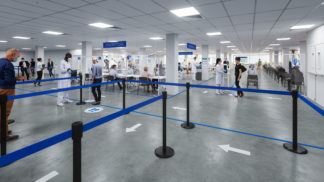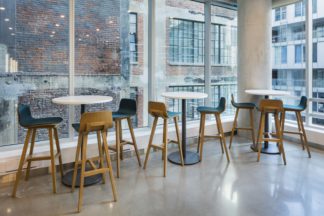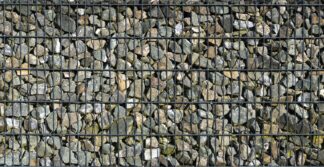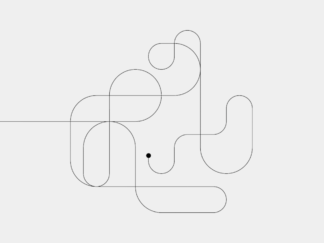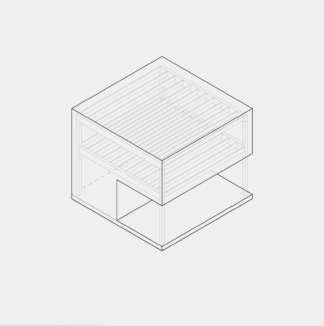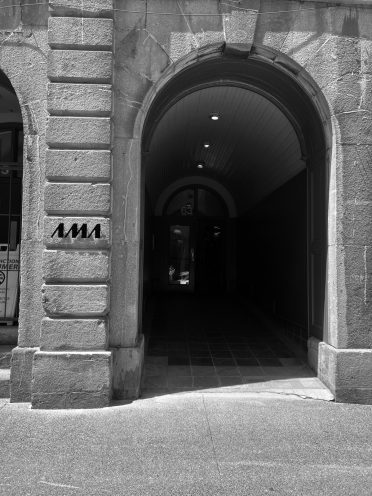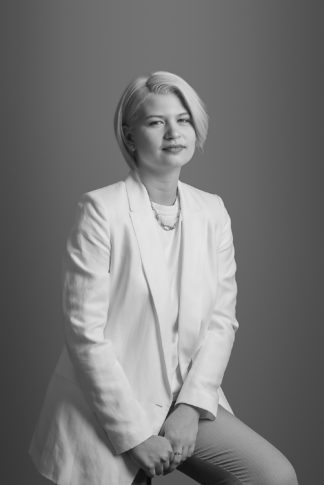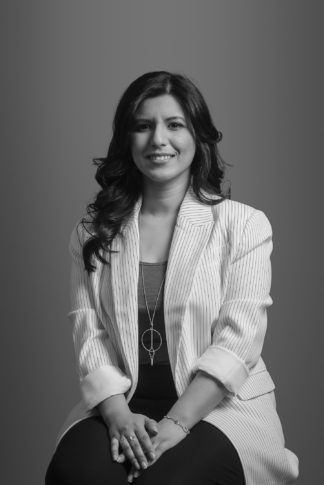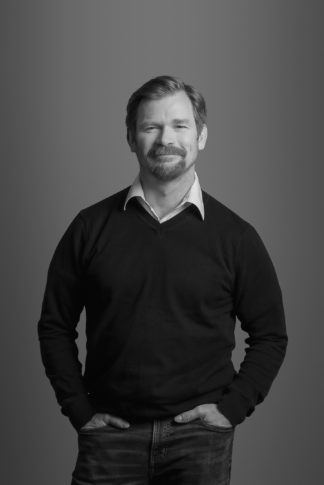Glossary
2021/07/23
We Space/Me Space
When we speak of “me” or “we” space, particularly in a corporate environment, we try to make the distinction between the spaces reserved for personal use (me space, for example, an office assigned to an employee) and the spaces reserved for collaborative or common uses (we space, a conference room, a coworking space, hotdesking spaces, a cafeteria, etc.).
The current challenge of work environments is to find the fair and functional balance between the “me space” and the “we space”. As “we space” is usually lacking in traditional workspaces, the increase in various types of collaborative spaces has become essential. These areas may take the form of coworking spaces, lounge areas with tables and work tables, redesigned cafeterias or cafes, etc.
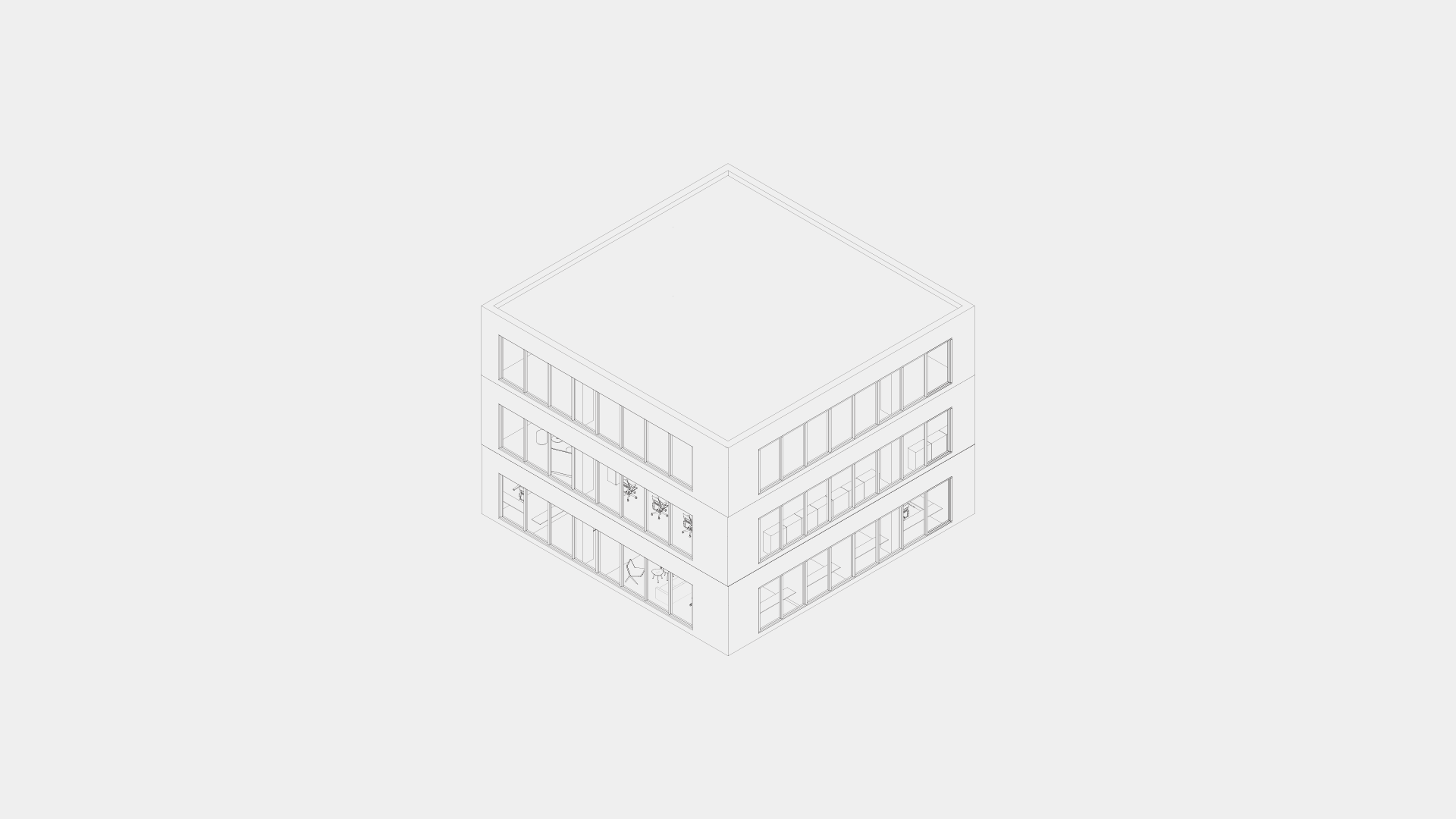
The key word is really flexibility – it is actually quite common for spaces qualifying as “we space” to be built with removable partitions and fitted with flexible furniture and equipment. Indeed, it is more and more common to see people sharing their time between the office and the house or a third place (telework). It is therefore no longer always relevant that each employee has an assigned workspace, whether it is open or closed, since employees will come to the office more frequently for collaborative work.
“Me space” is not, however, doomed to disappear. Rather, it tends to transform itself, in particular by offering each employee a locker or a locked file drawer so that they can deposit their personal effects while promoting the practice of hotdesking (unassigned individual station). There is no single magic rule for finding the right balance between the “me” and the “we” space, because each company has specific needs. Our work therefore consists, before spatial planning, in properly analyzing and understanding the specific needs of each employee, team and company, in order to offer fair solutions adapted to everyone’s needs.
